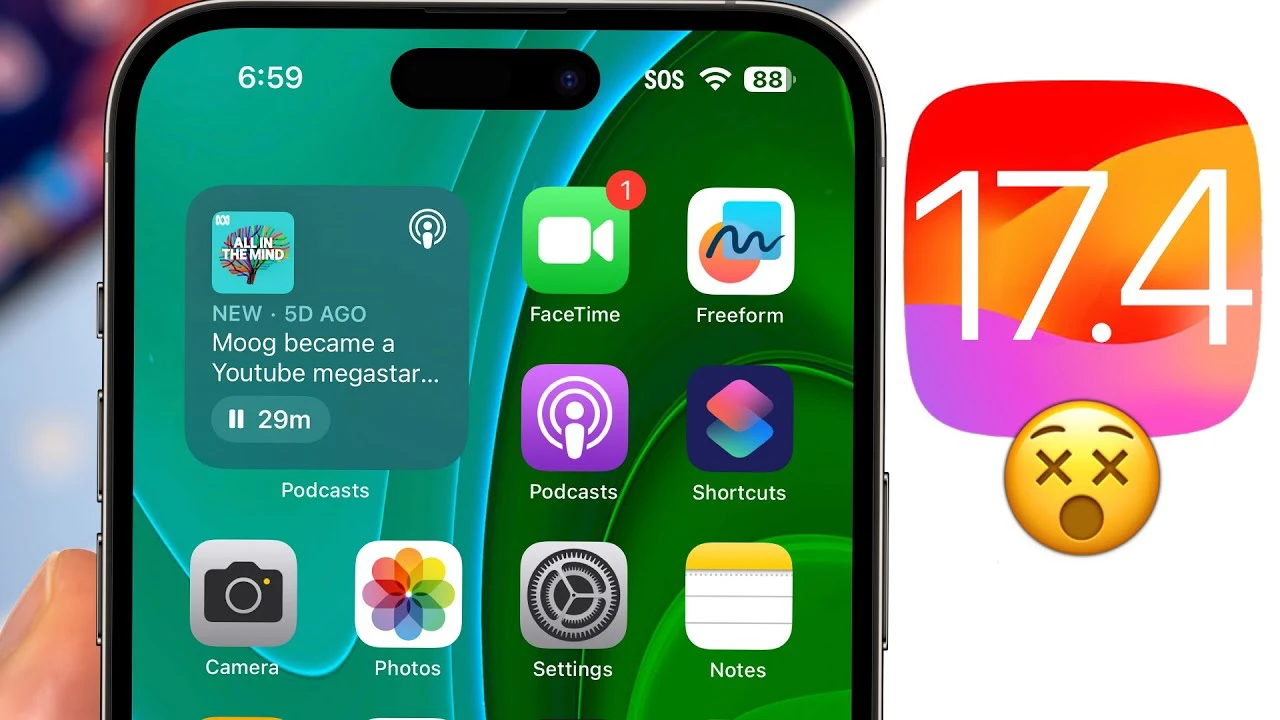[ad_1]

Organizations around the world are starting to share information on past cases of sexual harassment, but academic institutions have yet to embrace the practice.Credit: Pawel Libera/LightRocket via Getty
Because most universities keep the findings of misconduct investigations confidential, sexual-harassment perpetrators are often able to move to other institutions without having to disclose why they left their old jobs. Now, a think tank is urging UK universities to join an information-sharing scheme that could make old misdeeds harder to hide.
The organization, called the 1752 Group, is a network of UK-based academics that studies and campaigns against sexual misconduct. In a statement issued in late January, it called on universities to join the Misconduct Disclosure Scheme (MDS). This would make it more difficult for harassers to move to different universities without disclosing their misconduct findings, the group wrote.
“We’ve been struggling with this issue of pass-the-perpetrator,” explains Anna Bull, a sociologist at the University of York who is director of research at the 1752 Group. “It’s a long-standing issue,” she says.
Sexual harassment is common in academia across the world, surveys show, although official statistics are patchy and reporting is low. More than 40% of students in the UK had experienced sexualized behaviour from staff, according to a 2018 study conducted by the National Union of Students and the 1752 Group. Another 2018 review, which examined more than 300 cases of faculty–student sexual harassment in the United States, found that more than half of perpetrators were serial harassers, and perpetrators often relocated to different institutions and repeated the same pattern of misconduct.
There is currently no legal requirement for UK hiring institutions to ask prospective employees whether findings of misconduct have been made against them. And according to a 2022 review by Universities UK (UUK), an advocacy organisation for universities, widespread use of non-disclosure agreements by universities means that those who have experienced misconduct often cannot speak publicly about others’ problematic behaviour, nor can institutions themselves.
Disclosure scheme
Established in 2019 and funded by the UK government, the MDS facilitates information exchange between organizations, explains Elena Bezzolato, a coordinator for the scheme. It is hosted by a global group of humanitarian and development organizations known as CHS Alliance, and currently has more than 250 member organizations, all of which have agreed to share information with each other about prospective and former employees. None of these members is in higher education. “It’s very minimal information and is communicated bilaterally between organizations — it’s not stored in a database,” Bezzolato explains.
Under the scheme, a hiring organization can ask previous employers whether a person has been found to have committed misconduct, following an investigation; what the sanctions were; and whether the individual is part of any ongoing investigations, Bezzolato says. “It creates a culture in which it is normal to communicate about sexual misconduct.” The scheme has worked well in the humanitarian sector and could be applied in higher education, both Bull and Bezzolato say.
“There is a widespread culture of fear that there might be a risk in organizations sharing such information,” says Bezzolato, adding that privacy is also a concern, because human-resource (HR) matters are considered confidential. It’s “a deeply ingrained cultural issue” that people don’t talk about things such as sexual harassment, and there are fears that divulging such information could damage someone’s career, says Bezzolato.
Ask the referee
In a 2022 legal briefing regarding staff-to-student sexual misconduct in England — with a focus on regulatory compliance in Wales and England, not in Scotland or Northern Ireland — law firm Eversheds Sutherland found that it would be legal for a prospective employer to ask an institutional referee whether an applicant had any live warnings or misconduct findings on file when they left the institution, or whether they were being investigated at the time. The courts would have ultimate authority to settle the issue, however.
Bezzolato says that the scheme encourages hiring organizations to ask for consent from an applicant before contacting another institution, and that member organizations communicate to employees that they would divulge this information to other MDS members, if asked.
Graham Towl, a psychologist at Durham University, UK, whose research interests include addressing sexual violence at universities, says that institutions should “routinely take a reference from the HR department of the previous institution”, rather than relying on references from an applicant’s friends or colleagues.
Similarly, the European Space Agency’s science director, Carole Mundell, says that organizations need “robust policies on providing, for example, letters of reference” and that there should be “standard professional practice” for sharing such information. Mundell was sued for libel in 2017, after she intervened in a hiring process relating to someone who had been under investigation for misconduct.
The Russell Group, which represents 24 UK universities, says that the decision to join the scheme would be up to individual universities. The Office for Students, the independent regulator of higher education in England, has a similar policy. “Action such as subscription to the Misconduct Disclosure Scheme is for individual universities and colleges to decide on,” says David Smy, the office’s deputy director for enabling regulation.
However, Smy adds, the office recognizes the problem of harassment and sexual misconduct in universities, and in 2023 it launched a consultation on introducing new regulatory requirements regarding such behaviours.
A UUK spokesperson told Nature: “We are working with partners to draw attention to the scheme so that individual institutions can decide whether to adopt the Misconduct Disclosure Scheme.”
[ad_2]
Source Article Link






